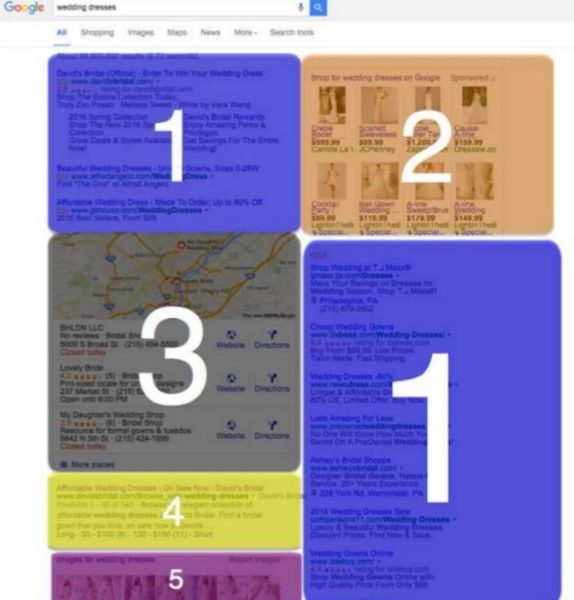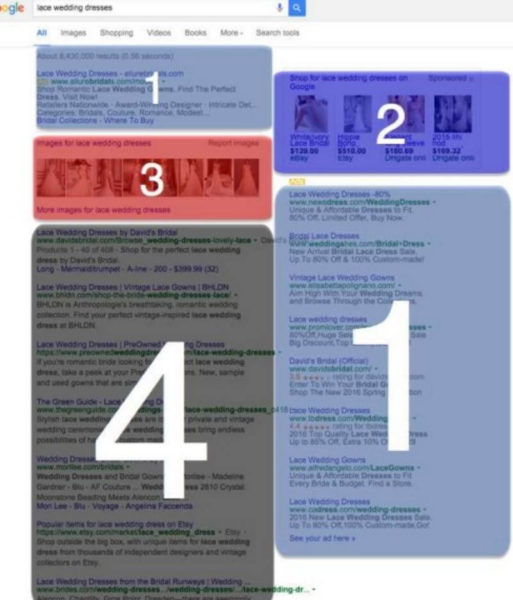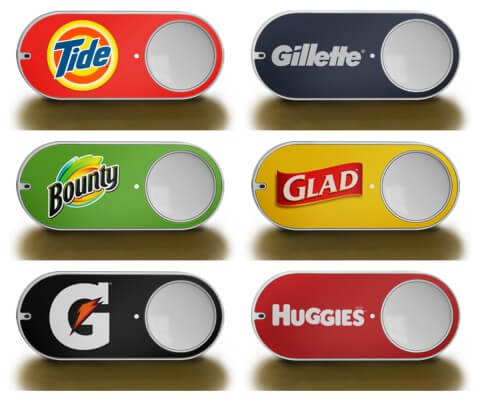SMX West: Content, your brand and the battle for customers
When it comes to SEO, Wil Reynolds argues that we need to stop focusing on the algorithm and start focusing on the audience. Columnist Erin Everhart recaps his presentation from SMX West.
We talk a lot about content, but we don’t talk enough about the customers who consume our content. But that’s exactly what Wil Reynolds did for the 25 minutes he was on stage at SMX West last week. And truth be told, I could’ve sat there and listed to him for another 25.
How many times have you thought about the people behind the keywords? Or the people behind the algorithm changes? There’s a big disparity in what we spend most of our time thinking about and what we really should be thinking about. So, in order to become a better marketer, Reynolds challenged himself to think about marketing without using the internet.
News flash here, folks: Before Google existed, people still did marketing.
Reynolds read two books written by Claude Hopkins — “Scientific Advertising” and “My Life in Advertising” — in order to become a better marketer and, by extension, a better search marketer.
Understanding how and why people make purchasing decisions is an indisputable skill. Reynolds thinks it’s a better skill to have than understanding how Google works, and I agree with him. We can’t fathom a world without Google now, but it’s not far-fetched to think that Google isn’t always going to be the colossal juggernaut that it is now. If you understand the motivations that make people buy, you’re a better marketer overall, and you’ll be able to transfer those skills to any marketing channel.
“The best marketers understand people’s needs,” Reynolds said. “Keywords do that because they solve the problem that people have.”
Enter Amazon.
They’re everyone’s competitors, and they have a fiercely loyal following. Case in point: The Amazon Prime conversion rate is 74 percent. Yes, 74 percent! If you’re an Amazon Prime member, and you see Amazon in Google’s results, even if it’s not ranked No. 1, you are more likely to click on that listing because of loyalty. You are more likely to click on that listing because you want your stuff in two days.
Amazon isn’t stopping there. Enter Dash Buttons: The retail version of “never running out of gas,” Reynolds said.
Reynolds has an 11-month-old son — and in case you weren’t aware, 11-month-olds poop. A lot. Have you ever tried to put in your credit card number while a holding a crying, poop-covered baby? It’s just not possible.
With Amazon Prime and Dash Buttons, he doesn’t have to. With literally the push of a button, which you can put anywhere you need it, you’ll never run out of that select product. And it’ll get there within an hour. Amazon has bypassed mobile altogether. They’ve whittled a multi-step checkout process down to literally the push of a button.
What about the content?
What types of content do we have to create that will make people love our stuff?
Reynolds mentioned a great example of this: The Michelin Guide, which was started in 1901. Michelin makes tires, so why would they write a guide to restaurants? Because they’re encouraging people to go out and drive to things, and when you drive to things, your tires wear out. And when it comes to replacing things, we’re more likely to buy from a brand we know and trust. Michelin is that brand of tires. And even today, more than 100 years later, people are still looking to Michelin for restaurant recommendations.
“That’s content marketing at its finest,” Reynolds said. “That kind of loyalty is hard to disrupt.”
Just like Michelin did, stop and think about “the who.” Reynolds challenged the crowd to stop putting “the how” (i.e., the keyword or the channel) before “the who” you’re actually selling to. Or, as he put it, stop putting the algorithm before the audience.
A great tool for this is Answer The Public, where you can type in any keyword, and it will show you all the questions people ask around that word. That’s the type of information that should be driving your content strategy.
SEO’s shrinking space on Google
Reynolds wrapped up his talk by telling people to stop complaining about Google taking away your organic real estate. You’re rarely going to find a SERP layout that isn’t cluttered with some combination of PPC ads, Shopping Ads, a Local Map, images or recent news articles.
Instead of complaining about it, learn to understand it. This is Google giving you direct insight into people’s intent for a particular query. For example, if you perform a search, and the majority of results are image based or from Pinterest, that means that people don’t want to buy — they want to be inspired. So if you’re the sole retailer shoving a product page down users’ throats for that query, your CTR is going to suffer, and your bounce rate is going to skyrocket.
Case in point: Reynolds had a client ranking No. 1 for a high-volume head term similar to “wedding dresses.” That sounds pretty great until he saw that they were only getting a five-percent CTR for that head term because of SERP changes.
We are living in a time where there is diminishing value for a top-ranking keyword, and we have to better understand the other parts that make up a SERP. Just take the image below, which features a SERP for the term “wedding dresses.” The area labeled “4” is organic search — the area labeled “1” is paid.

SERP layout for the query “wedding dresses”
You can complain that it’s not fair, but if you don’t start understanding how paid works, you’re not going to be a good search marketer. If you’re going to “own search,” you have to understand all types of search. We need to put more skills in our shopping cart.
Now, what’s really interesting is that just by adding an adjective to the query above — for example, “lace wedding dresses” — the amount of organic real estate almost doubles. This is why you can’t solely rely on your head keywords. You need to look to your queries that have more organic space, which will likely be more long-tail keywords.

SERP layout for the query “lace wedding dresses”
Stop fighting Google when they’re taking real estate from you, and start adapting your strategies to give consumers what they want. That’s how you start creating good content that people will actually read, remember and ultimately use to buy from you.
See Wil Reynolds’ full presentation here:
https://www.slideshare.net/slideshow/embed_code/key/2Ik6mNidIMaU45
Opinions expressed in this article are those of the guest author and not necessarily Search Engine Land. Staff authors are listed here.
Related stories


